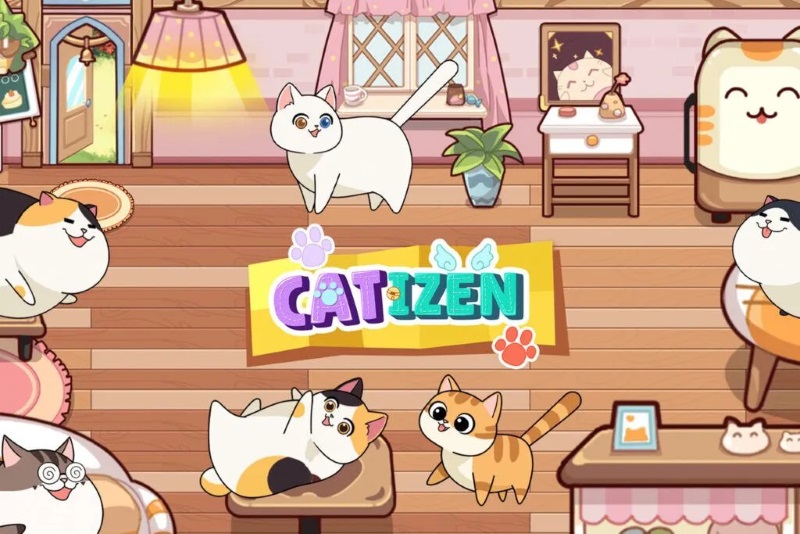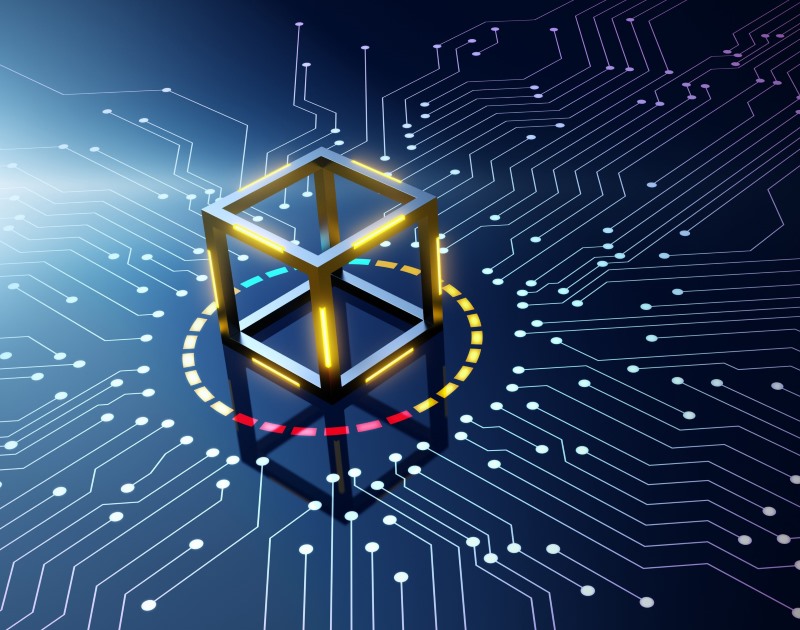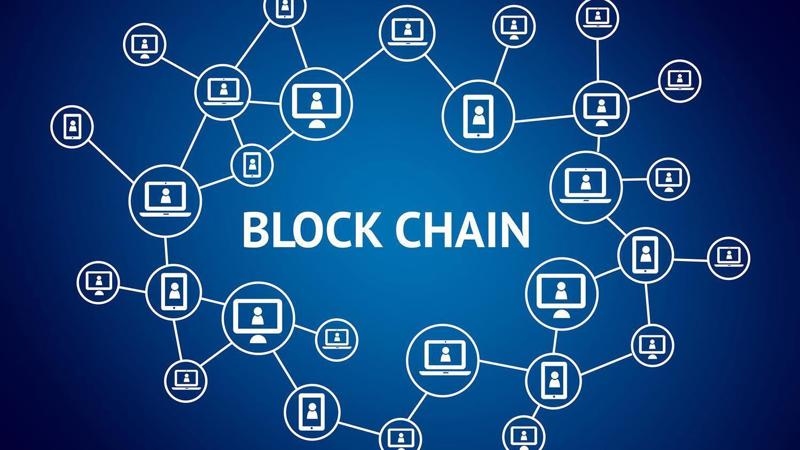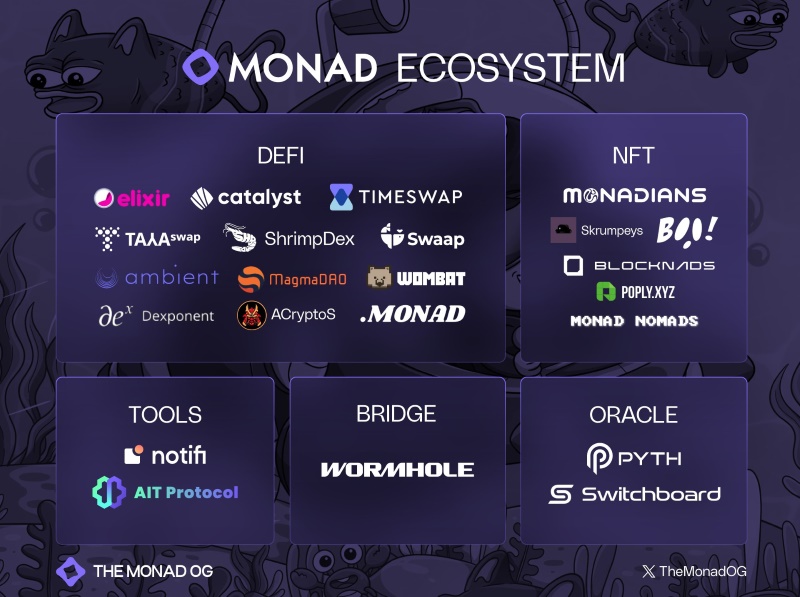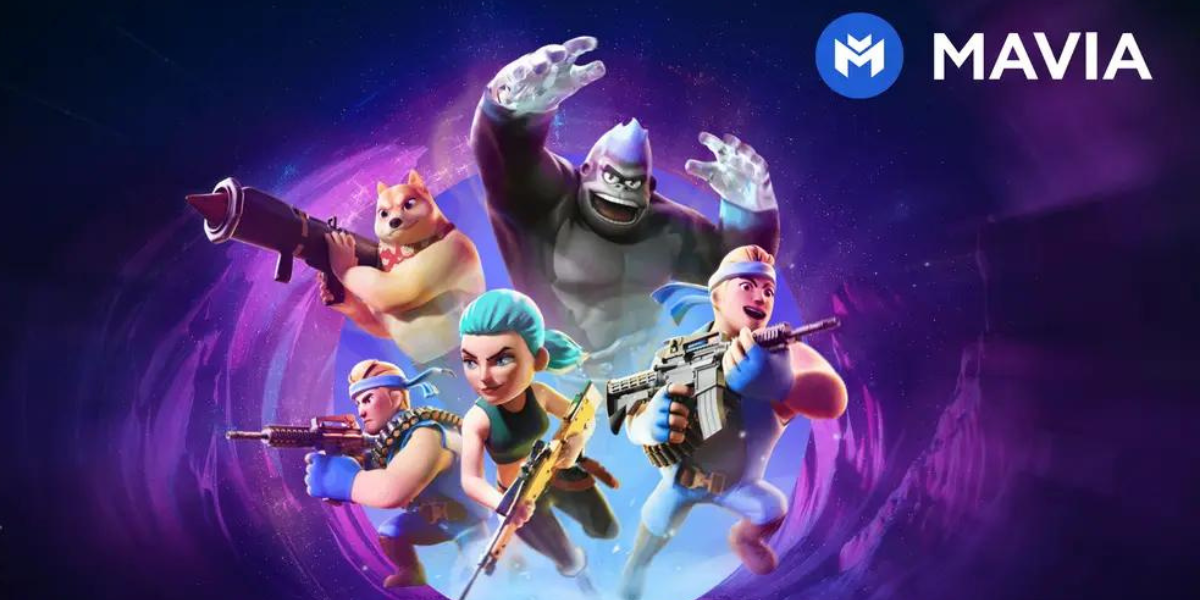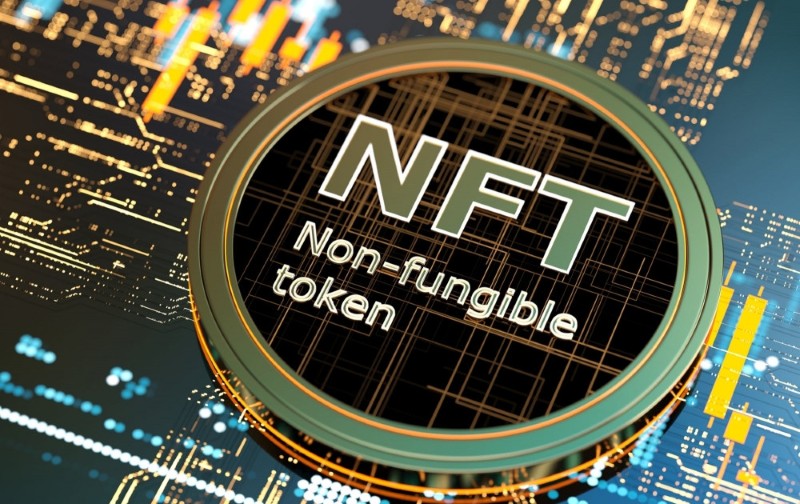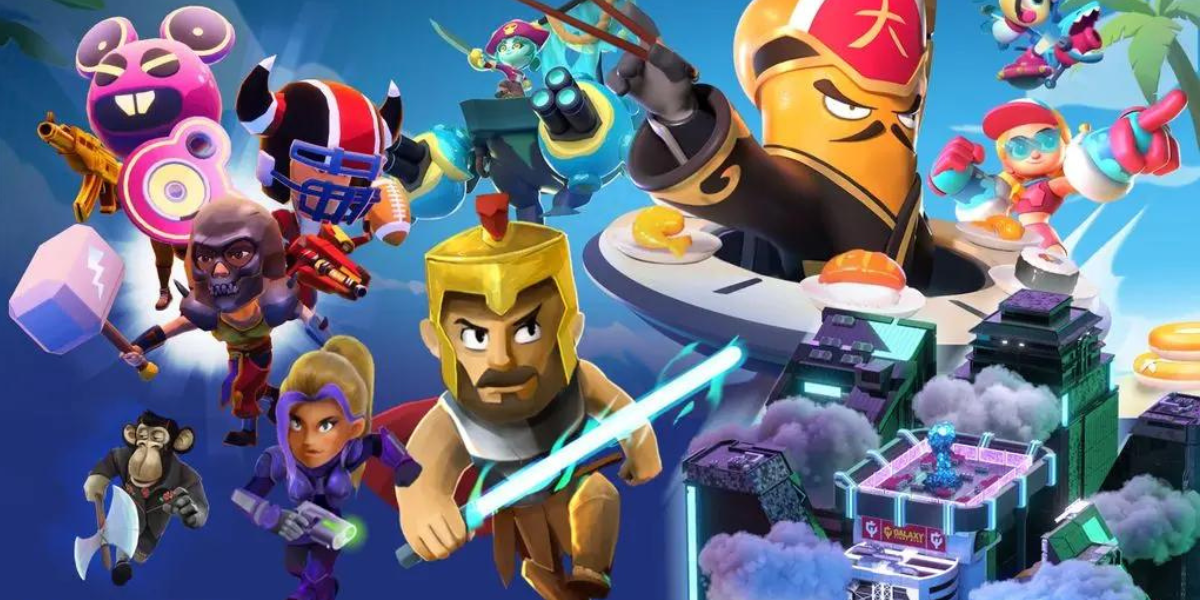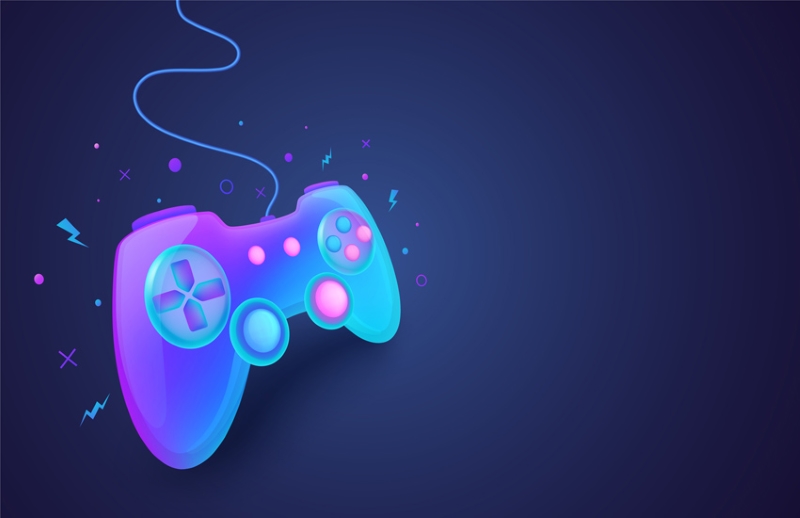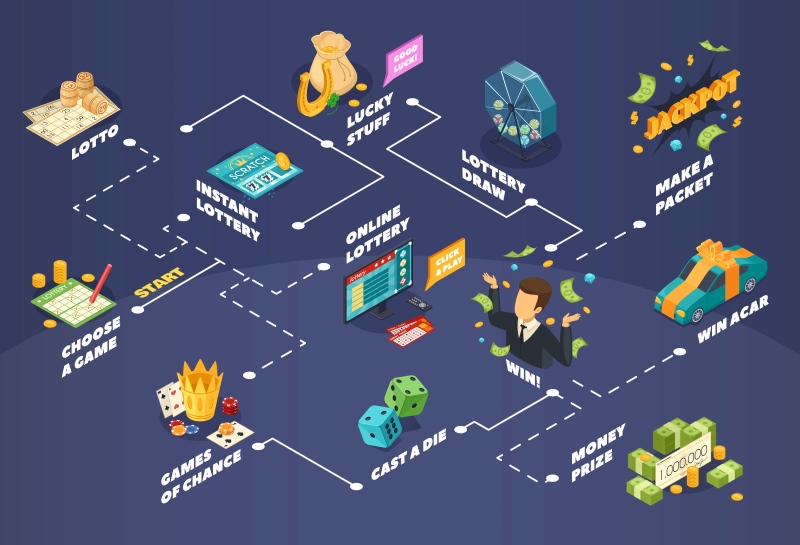How does GameFi work? Learn how blockchain gaming integrates play-to-earn mechanics, NFTs, and DeFi to create a new gaming economy.
What Is GameFi and How Does It Work?
What is Game-Fi? Short for “Game Finance,” refers to the convergence of gaming and decentralized finance (DeFi) through blockchain technology. Unlike traditional video games, where virtual assets and in-game economies are controlled by a central authority, GameFi leverages blockchain to decentralize ownership, create open economies, and allow players to earn real-world financial rewards.
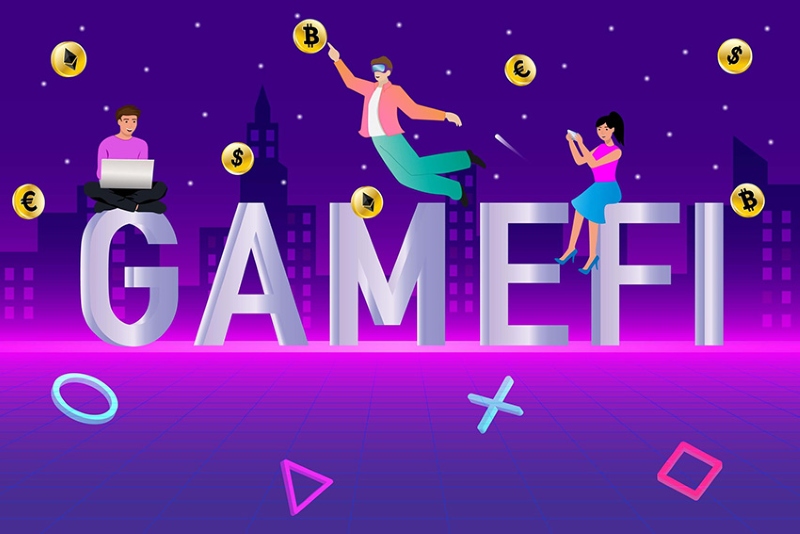
At its core, GameFi integrates cryptocurrencies, non-fungible tokens (NFTs), and decentralized applications (dApps) into the gaming experience. This enables players to earn rewards in the form of digital tokens, tradable assets, and valuable NFTs that can be sold, transferred, or even used across multiple games in an interconnected ecosystem. With smart contracts automating transactions and enforcing game rules, GameFi eliminates the need for intermediaries, ensuring a more transparent and fair gaming experience.
The GameFi ecosystem is built on various blockchain networks such as Ethereum, Binance Smart Chain (BSC), Solana, and Polygon, each offering unique scalability and transaction efficiency. This ecosystem includes different types of blockchain games, ranging from play-to-earn (P2E) games, metaverse-based experiences, strategy and blockchain rpg games, and even gamified decentralized finance (GameFi-DeFi) platforms.
Unlike conventional gaming models where in-game purchases remain locked within a specific platform, GameFi allows players to fully own and control their digital assets, offering real-world value and liquidity. This shift in economic power from developers to players is one of the primary reasons why GameFi is reshaping the gaming industry.
Key Features of GameFi
- Play-to-Earn (P2E): Players earn tokens by completing tasks, battling, or trading assets.
- NFT Ownership: Digital items such as characters, weapons, and skins are owned by players and can be traded on blockchain marketplaces.
- Decentralized Finance (DeFi): Staking, lending, and yield farming mechanisms enhance the gaming economy.
- Smart Contracts: Automated and transparent transactions ensure fair play and ownership security.
- Interoperability: Some GameFi projects allow cross-platform asset transfers and trading.
How Does GameFi Work? A Deep Dive into the Core Mechanisms
Play-to-Earn (P2E) Model: Shaping the Future of Gaming Economies
How gamefi works? Unlike traditional games where players spend money on in-game items without real-world returns, GameFi rewards players with cryptocurrencies or NFTs. These can be traded, sold, or used to upgrade their gaming experience. This model creates an economic loop where:
- Players engage in gameplay to earn tokens.
- Tokens can be used in the game or traded for fiat currency.
- Developers receive revenue through marketplace fees and tokenomics models.
Example: Axie Infinity rewards players with Small Love Potions (SLP), a cryptocurrency that can be exchanged for real money.

Blockchain and Smart Contracts: The Backbone of GameFi
GameFi games run on blockchain networks such as Ethereum, Binance Smart Chain (BSC), or Solana. Smart contracts ensure:
- Transparency: All transactions, including rewards and asset ownership, are verifiable.
- Automation: Gameplay mechanics, rewards distribution, and asset trades occur without intermediaries.
- Security: Eliminates fraud and manipulation by enforcing predefined rules.
Non-Fungible Tokens (NFTs) in Gaming: Revolutionizing Asset Ownership
NFTs represent in-game assets, giving players real ownership. Unlike traditional games where assets are locked within a single game, NFTs can be traded across various platforms. This introduces a paradigm shift in gaming:
- Scarcity and Value: Limited edition in-game items can appreciate over time.
- Player-Driven Economies: Players decide the value of their items based on market demand.
- Interoperability: Some NFTs can be used across multiple GameFi projects.
Example: Decentraland allows users to buy virtual land as NFTs, which can increase in value and be sold for profit.
DeFi Integration in GameFi: Creating a Sustainable Economic Model
GameFi incorporates DeFi elements like staking, lending, and liquidity mining. These mechanisms enhance the gaming economy by allowing players to:
- Stake their tokens to earn passive income.
- Lend or borrow assets to increase their in-game advantages.
- Participate in governance to influence the future development of games.
Governance and DAO Structures: Shaping the Future of Decentralized Gaming
Many GameFi projects use Decentralized Autonomous Organizations (DAOs) to give players voting rights on game updates, economic models, and governance decisions. This community-driven approach ensures that:
- Players have a say in game mechanics and updates.
- The ecosystem remains transparent and resistant to corporate control.
- The game’s economy is maintained in a way that benefits all participants.
Example: The Sandbox utilizes a DAO structure where SAND token holders vote on project developments.
GameFi Tokenomics: Balancing Supply and Demand
A well-structured GameFi project needs sustainable tokenomics, balancing the supply and demand of in-game currencies. Key aspects include:
- Token Utility: Ensuring tokens have multiple use cases (e.g., governance, staking, and in-game purchases).
- Burn Mechanisms: Controlling inflation by reducing token supply through burning mechanisms.
- Incentives for Long-Term Engagement: Encouraging players to hold and reinvest tokens rather than cashing out immediately.
Interoperability and Cross-Game Functionality
The future of GameFi is cross-chain compatibility, where assets and characters can move between different games and ecosystems. Technologies such as blockchain bridges and Layer-2 scaling solutions are enabling this transition, allowing:
- Players can use NFTs across multiple games.
- Seamless trading between different blockchain-based games.
- A unified metaverse experience where in-game assets have real-world value.
How Do Blockchain Games Work?
How does blockchain gaming work? Blockchain games operate differently from traditional games due to their decentralized infrastructure. Instead of being controlled by a central authority, these games leverage blockchain technology to store assets, enable transactions, and ensure fair play.
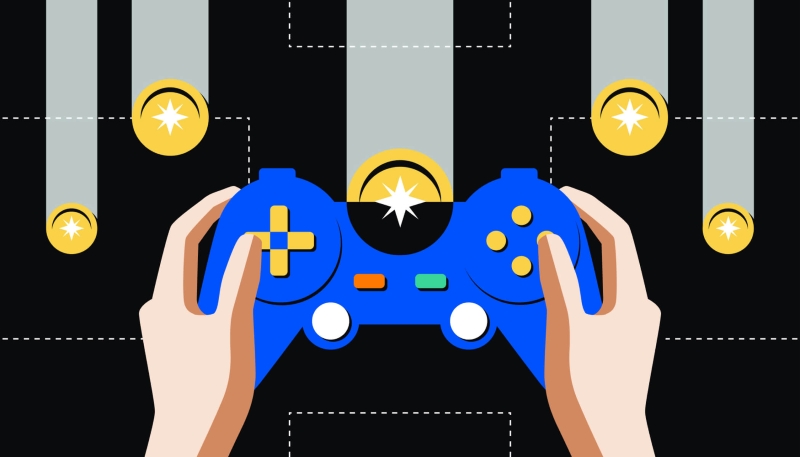
Key Components of Blockchain Games
- Decentralized Ownership: Players truly own in-game items and assets as NFTs or fungible tokens.
- Smart Contracts: These self-executing contracts manage in-game transactions, enforce rules, and prevent fraud.
- Immutable Records: Every transaction and asset transfer is permanently recorded on the blockchain, ensuring transparency.
- Play-to-Earn Economy: Players earn cryptocurrency rewards that hold real-world value.
- Cross-Game Asset Utility: Some blockchain games allow NFTs and tokens to be used across different gaming ecosystems.
How Transactions Work in Blockchain Gaming
- Asset Minting: Game items are created as NFTs on a blockchain.
- Player Ownership: These assets are stored in the player’s crypto wallet.
- Marketplace Trading: Players can buy, sell, or trade assets on NFT marketplaces.
- Smart Contract Execution: Game events and rewards are governed by pre-set smart contracts.
- Rewards and Staking: Players can stake in-game tokens or participate in DeFi elements for additional earnings.
The Future of GameFi: Trends and Challenges
Trends in GameFi
- Metaverse Expansion: GameFi is merging with the metaverse, creating interconnected virtual worlds where players can own land, trade assets, and interact.
- AI and GameFi Integration: Artificial intelligence is being incorporated into blockchain games for enhanced NPC behavior, dynamic storylines, and predictive analytics.
- Layer-2 Scaling Solutions: Platforms like Polygon and Arbitrum are reducing transaction costs and improving speed for blockchain gaming.
- Web3 Gaming Guilds: These communities pool resources to help players earn while playing, supporting new users entering the GameFi space.
- AAA Game Developers Entering Web3: Major studios like Ubisoft and Square Enix are experimenting with blockchain technology in their games.
Challenges in GameFi
- Scalability Issues: Many blockchain networks struggle with congestion, resulting in high gas fees and slow transactions. Solutions like sidechains, sharding, and rollups are being explored.
- Regulatory Uncertainty: Governments worldwide are still defining laws around blockchain gaming, leading to possible restrictions or licensing requirements.
- Game Sustainability and Tokenomics: Some early GameFi projects faced issues with unsustainable token models leading to player base declines and economic crashes.
- Security Risks: Hacks, smart contract vulnerabilities, and phishing attacks remain significant concerns.
- Player Experience and Adoption: Many blockchain games lack the polish and playability of traditional AAA games, making mainstream adoption challenging.
Keeping up with the latest trends in gamefi is essential. Stay informed by following blockchain gaming news sources for insights on new projects, market trends, and technological advancements.
Conclusion
GameFi is reshaping the gaming industry by merging finance and entertainment. The concept of Play-to-Earn has opened up new economic opportunities for gamers, allowing them to monetize their skills, creativity, and time spent in virtual worlds. The increasing integration of blockchain technology, NFTs, and DeFi components continues to revolutionize the way games are played, owned, and monetized.
However, GameFi is still in its infancy. Many challenges remain, including scalability issues, regulatory uncertainties, and the long-term sustainability of token-based economies. To succeed, developers must craft balanced, engaging, and economically sustainable gaming ecosystems, ensuring that players are incentivized for the long run rather than just for short-term gains.
As blockchain technology evolves, we can expect greater interoperability between games, enhanced security, and more mainstream adoption. Institutional investors are already showing interest in this space, and as gaming studios explore GameFi models, the next generation of digital entertainment may be built on decentralized frameworks.
For players, GameFi represents a paradigm shift—a move from passive entertainment to an immersive, financially rewarding experience. Whether you’re an investor, a developer, or a gamer, the opportunities within GameFi are vast, but careful consideration and due diligence are crucial before engaging in this space.
Want to stay ahead in GameFi? Join the gaming guild, enroll in a blockchain gaming course, or explore top GameFi projects today!
Frequently Asked Questions (FAQ)
1. What Is GameFi?
GameFi is the integration of blockchain, cryptocurrency, and DeFi mechanics into gaming, enabling players to earn real-world rewards.
2. How Does GameFi Work?
GameFi works by allowing players to earn cryptocurrency, trade NFTs, and participate in DeFi activities like staking and governance within blockchain-based games.
3. How Do Blockchain Games Differ from Traditional Games?
Blockchain games give players ownership of assets via NFTs, operate on decentralized networks, and use smart contracts for transparent transactions.
4. Is GameFi Profitable?
GameFi can be profitable, but earnings depend on tokenomics, market trends, and player engagement. Some players earn substantial income, while others experience token devaluation.
5. What Are the Best GameFi Projects?
Popular GameFi projects include Axie Infinity, The Sandbox, Decentraland, Illuvium, and Gala Games.
